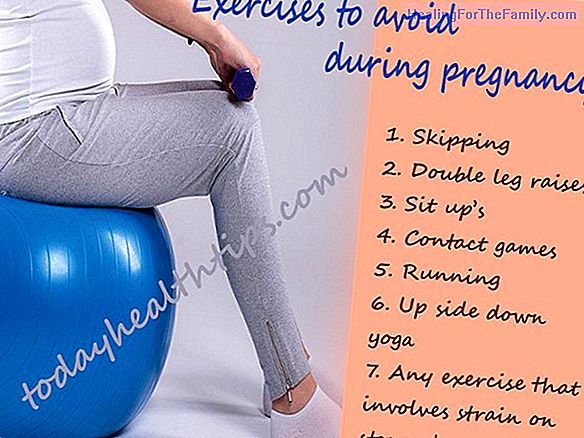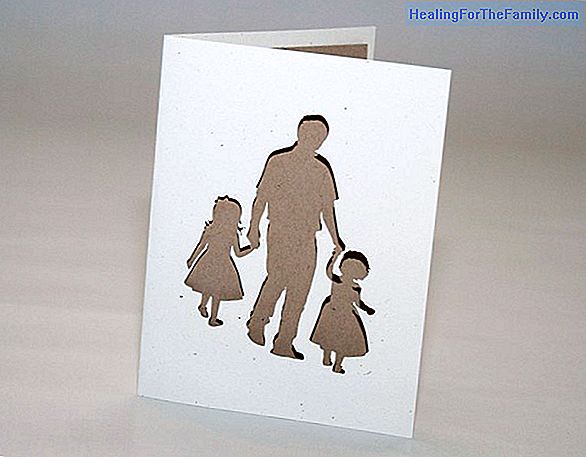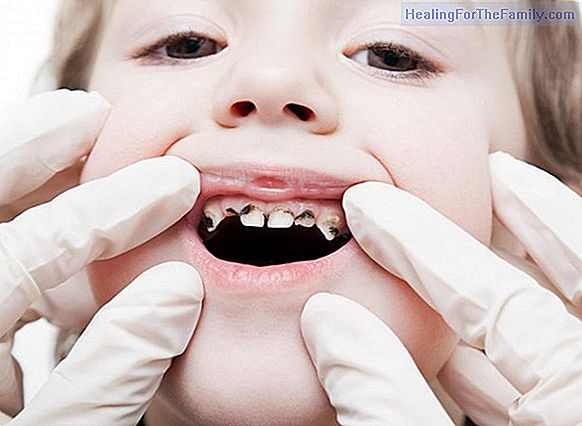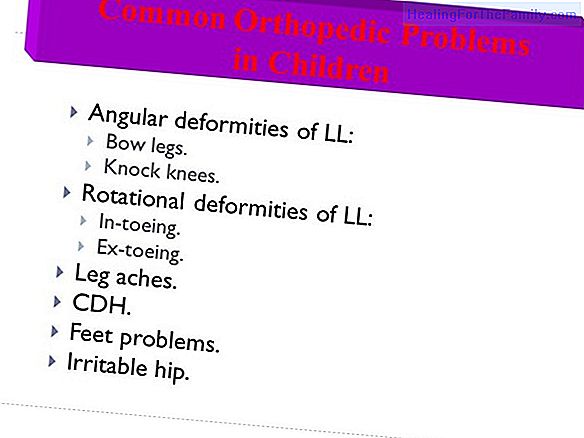Decalogue to heal the wounds of children
Blow the wound or place the antiseptic before washing the wound or clean it well, not putting on gloves, trying to remove a foreign body from the inside of the wound, not going to the hospital in time to perform the sutures or cover it with a dressing or plaster and leave it without daily supervisio
Blow the wound or place the antiseptic before washing the wound or clean it well, not putting on gloves, trying to remove a foreign body from the inside of the wound, not going to the hospital in time to perform the sutures or cover it with a dressing or plaster and leave it without daily supervision are some of the bad practices that are committed when it comes to treating the healing of a wound in children.
10 ideas for healing wounds to children
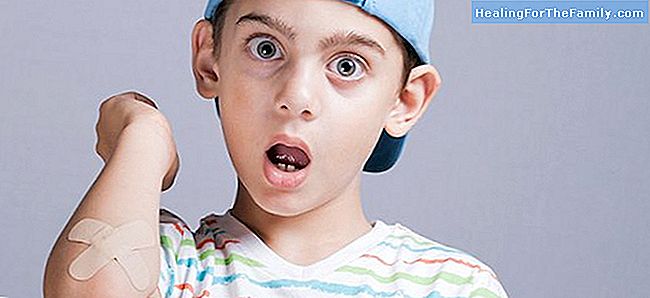
1. Hygiene
- Wash your hands and put on disposable gloves before proceeding to heal a wound. This way you will avoid contact with the blood both to avoid the infection of the injury and for your protection.
- Clean the wound with running water and fresh jet. Let the water run over the wound to drag foreign bodies (dirt or tissue remnants) until no dirt is left.
- Wash your hands again after giving first aid.
2. Prevention measures
- Dry the surrounding skin without touching the wound. If a foreign body is stuck in the wound, try to hold it to prevent its movement.
- Never try to extract a foreign body stuck on the wound.
3. Stopping the bleeding
- Cover the wound with a sterile dressing or a clean, dry handkerchief.
- Stop the bleeding by pressing directly on the wound, if it has not stopped spontaneously.
- Avoid removing the first gauze soaked with blood when stopping the bleeding, as it is possible that the skin has dried and when it is removed it stays stuck.
4. Application of an antiseptic
- The antiseptics in transparent liquid allows to see the condition of the wound, its evolution and its color throughout the healing process.
- When placing the antiseptic, it prevents the dropper from coming into direct contact with the wound. Cub 5. Cover and cover the wound
- Place a dressing or bandage on top of the wound so that it does not become contaminated until the crust forms that will protect the skin until the interior tissues are formed that will repair the skin of the wound.
6. Go to the doctor
- Visit the doctor to assess the state of the wound and assess whether the child or the baby is vaccinated against tetanus.
7. Regulate the wound every day to assess if there is an infection
- It is advisable to carry out a daily cure, applying again antiseptic and changing the dressing of the wound. These cures serve to observe the evolution of the wound and detect a possible infection.
- A wound is infected when there is swelling and edema at the edges, reddening of the contour of the wound or local heat sensation, pain and feeling of puncture in the wound. The infection is advanced when the wound exudate is yellow-green (pus) and in addition, the child presents fever and malaise. Ev 8. Avoid delaying medical care
- The period for stitches to be applied to a wound is a maximum of 4 to 6 hours after it occurs.
9. Popular measures to avoid
- Blow the wound. There is a danger of contamination due to germs in the mouth.
- Use cotton because its strands can get inside the wound, adhere or stick to the skin.
- Rub the wound to remove dirt.
- Put tight bandages to prevent blood.
- Cauterize (burn) the wound.
10. Gravity of the wound
A wound is serious and needs immediate medical attention when:
- The wound is deep or has been made with a sharp object.
- The wound or wounds penetrate cavities.
- Has a foreign body inserted.
- The edges do not come together, are rough, and measure more than 2 or 3 centimeters.
- The wound is larger than the palm of the hand.
- The wound reveals subcutaneous tissue, muscle or bone.
- The wound affects joints, hands, feet, eyes and genitals.
- It can not be cleaned properly.
- It has been caused by the bite of people or animals.
Marisol Nuevo.



